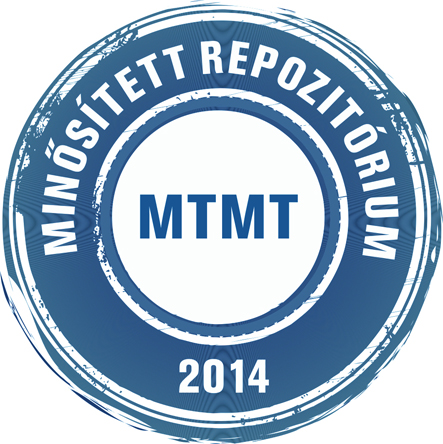Gál Zoltán: A helyi bankok aranykora: bankközpontok a Bánságban a 20. század közepén. In: Közép-európai közlemények, (3) 2. pp. 117-133. (2010)
Előnézet |
Cikk, tanulmány, mű
kek_009_117-133.pdf Letöltés (11MB) | Előnézet |
Absztrakt (kivonat)
This paper examines the impact of the Hungarian banking system on regional and urban development in the early 20th century Banat (South-east Hungary), when local banks were important territorial elements of the financial space closely connecting to regional economic structures. The basic concept of the survey is that there is closer connection not only between the banking sector and the economy as a whole, but between the banking sector and urban development as well. We considered the spatial breakdown of capital flows and stocks (deposits and assets) are one of the most important indicators ofthe regional and urban transformation. Besides studying the regional characteristics of the local money-markets on the basis of the territorial breakdown of the banking aggregates, the paper analyses the urban network in the early 20th century according to the cities’ banking function in order to identify those groups of towns together with their hierarchical order, which became the driving force in the modernization, as well as those too played less determinant role in the economic development. The survey gives the opportunity not only to analyze the regional breakdown of the banking network, but to compare the economic and urban development of the banking centres, in Bánát, which was one of the most dynamically developing region of Hungary. We argue that spatial differences of per capita banking assets clearly showed the economic rise of Hungary’s South-east region. The territorial differences in per capita assets unanimously indicated the economic rise of the eastern regions, which resulted in the fallingpositions of the western territories, which modernized earlier, despite their development progress. The most dynamic cities alongside of the market-line (Arad, Temesvár and Nagyvárad) as industrial and financial and commercial centres as counter pole cities, were playing an important role in the spatial diffusion of modernisation and it is not by accident that Hungary’s biggest provincial ‘banking centres’ were located in this zone. Geographical studies verify the existence of an innovation zone situated alongside the market-line having serious impacts on the dynamism of the economic environment and urbanisation zone consisting of a co-herent urban-belt of the East-Hungarian region. The paper contributed to dispel the long-established stereotypes of developed Vestern (Transdanubia) and underdeveloped Eastern (Great Plain) regions. This is supported by the fact that the most important provincial banking centres located alongside the eastern market-line (“innovation zone”) of the Great Plain achieved the most dynamic development also in the banking sector in contemporary Hungary.
| Mű típusa: | Cikk, tanulmány, mű |
|---|---|
| Egyéb cím: | Golden age of local banking: banking centres in the Banat in the early 20th century |
| Rovatcím: | Regionális tudományi közlemények |
| Befoglaló folyóirat/kiadvány címe: | Közép-európai közlemények |
| Dátum: | 2010 |
| Kötet: | 3 |
| Szám: | 2 |
| ISSN: | 1789-6339 |
| Oldalak: | pp. 117-133 |
| Nyelv: | magyar |
| Befoglaló mű URL: | http://acta.bibl.u-szeged.hu/39734/ |
| Kulcsszavak: | Történelemtudomány, Gazdaságtörténet |
| Megjegyzések: | Bibliogr.: p. 132-133.; Abstract |
| Feltöltés dátuma: | 2016. okt. 17. 09:57 |
| Utolsó módosítás: | 2021. máj. 05. 15:29 |
| URI: | http://acta.bibl.u-szeged.hu/id/eprint/29794 |
 |
Tétel nézet |





